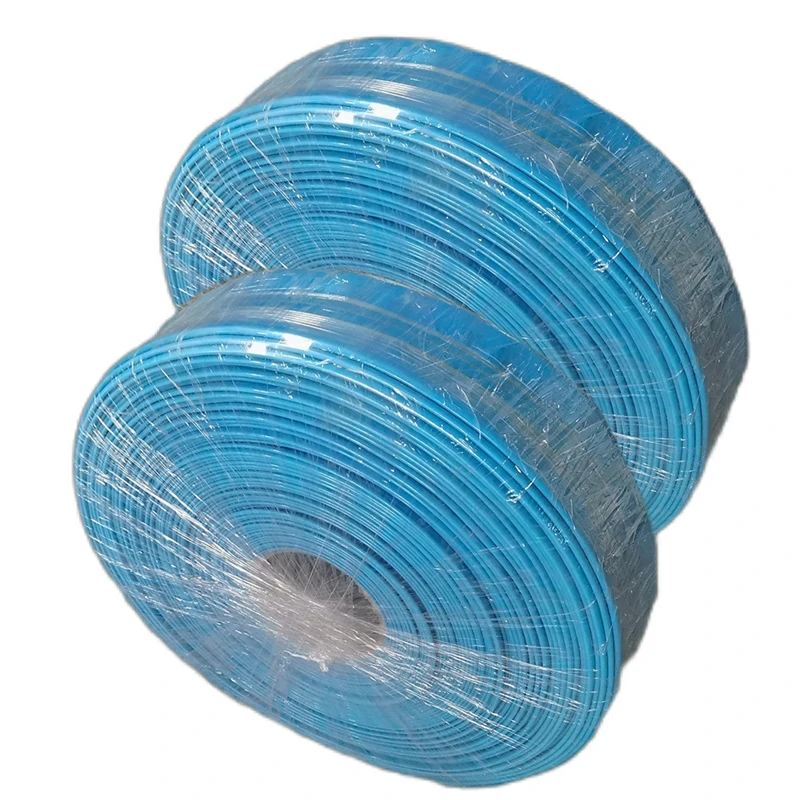Polyethylene (PE) hoses, commonly used in various applications including irrigation, water supply, and industrial processes, come in a range of sizes to accommodate different flow rates and system requirements. Here are some common sizes of PE hose:
½ inch (13 mm):
This is a small-sized PE hose often used in low-flow applications such as small garden irrigation systems or for connecting individual drippers or micro spray emitters. It is suitable for low-pressure systems with relatively small water demands.
¾ inch (19 mm):
The ¾ inch PE hose is a versatile option used in both residential and commercial settings. It can handle moderate flow rates and is commonly used for garden irrigation, landscape watering, and general water supply purposes.

1 inch (25 mm):
The 1-inch PE hose is widely used in larger-scale irrigation systems, agricultural applications, and industrial processes. It can handle higher flow rates and is suitable for systems that require a larger volume of water delivery.
1 ¼ inch (32 mm):
This size is commonly used in agricultural irrigation systems, particularly for larger farms and fields. It provides increased water flow capacity and is suitable for delivering water to sprinklers, drip lines, or other irrigation components.
1 ½ inch (38 mm):
The 1 ½ inch PE hose is often utilized in commercial or industrial applications where higher flow rates and water volumes are required. It is suitable for conveying water over longer distances or for larger-scale irrigation projects.
2 inches (50 mm) and larger:
PE hoses with a diameter of 2 inches or larger are typically used in industrial applications, large-scale agricultural irrigation, or water supply systems that require significant water flow rates. These larger hoses are capable of handling substantial volumes of water.
It’s important to note that these sizes are general guidelines, and the availability of specific sizes may vary depending on the manufacturer or supplier. When selecting a PE hose for your specific application, consider factors such as flow rate requirements, pressure ratings, system layout, and the distance the water needs to travel.